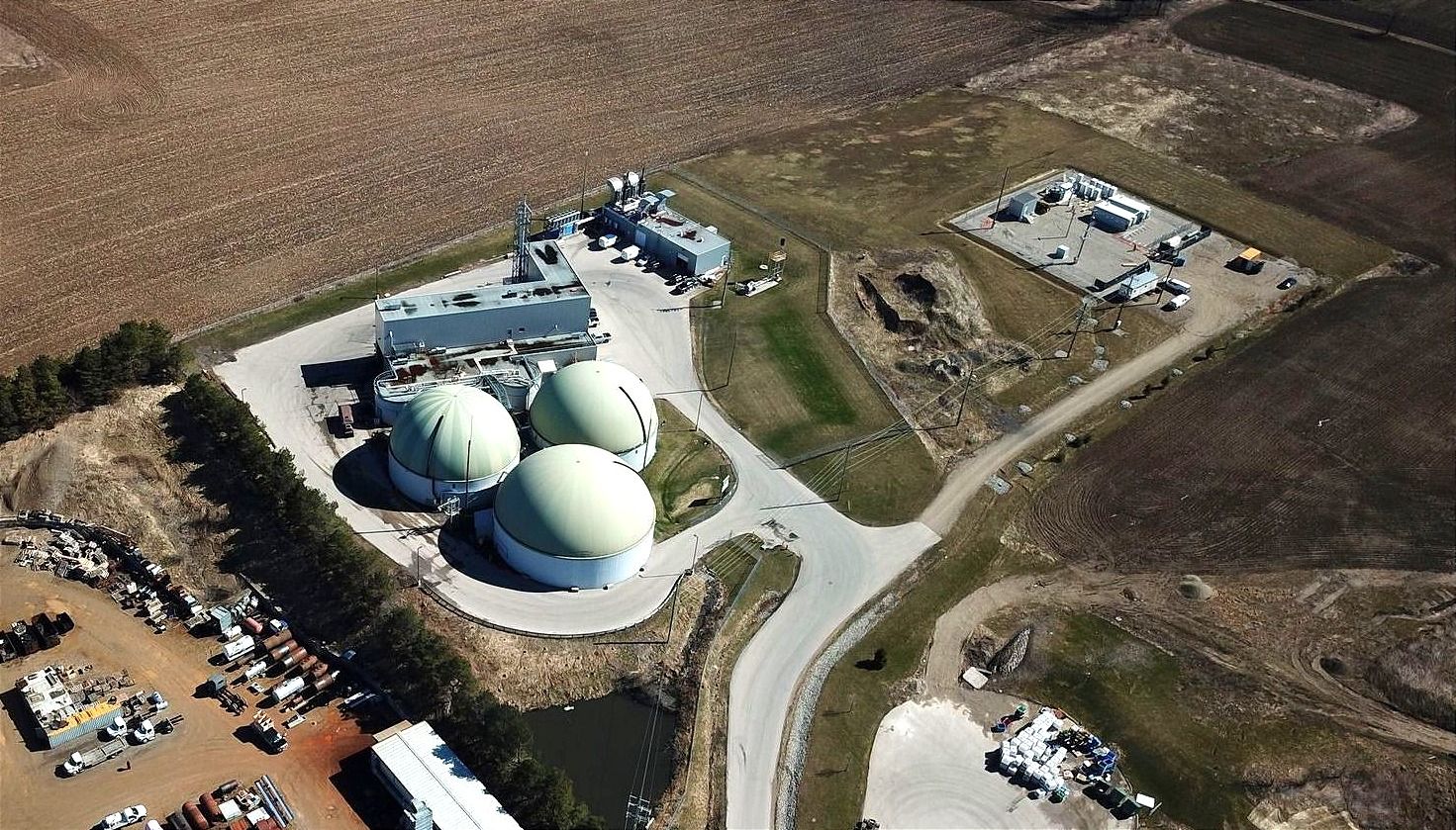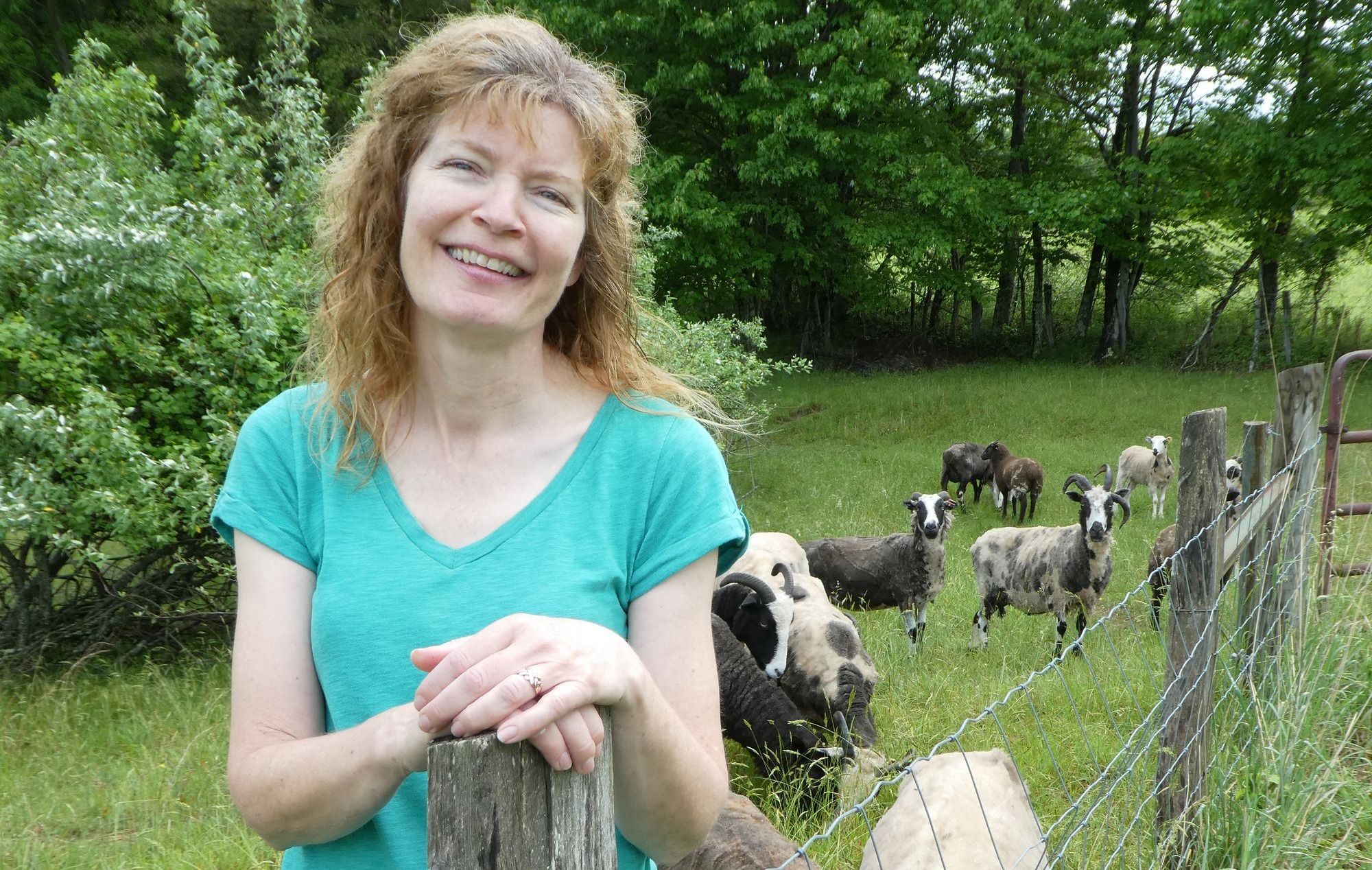On the backburner for the past year, plans to double the capacity of the biogas plant in Elmira are now moving ahead.
In a presentation Tuesday night to Woolwich council, Paul Taylor, manager of new business development, said the expansion will help the facility divert more organic material and branch out into producing renewable natural gas.
Opening in 2014, the facility transforms organic material – including green-bin waste collected by municipalities – into methane that is used to power generators that produce electricity sold into the grid. Output is currently about three megawatts, enough to power about a third of the residential homes in Elmira, for instance, Taylor said.
A byproduct of the process is a slurry that is sold to farm operations as an organic fertilizer. It’s proven to be a popular commodity, with demand outstripping supply, Taylor explained.
“We’re actually one of the larger processors of green-bin organics in the province of Ontario – there are only a handful of facilities in Ontario that offer this kind of service.”
The process then screens out contaminants such as plastic bags, glass and bits of metal, leaving the certified organic agricultural fertilizer.
In doubling the size of the plant, Bio-En would be able to double the amount of such fertilizer, he added
A key component of the expansion is providing material for the growing market for renewable natural gas.
“That gas, once it’s produced, will simply be sold into the existing Enbridge natural gas grid that operates in southwestern Ontario. In so doing, those molecules of gas are going to end up being consumed here in Elmira by natural gas consumers,” said Taylor, noting that would in effect mean “long-term energy self-reliance.”
Woolwich Bio-En Power Inc. has applied to the Ministry of Environment for the necessary approvals, which could take about six months to process. While there’s no timeline in place for construction, shovels could go in the ground by next spring at the earliest, said company director Chuck Martin in an interview.
As part of the review process, the company had to update models for noise, odour and traffic impacts, he said, noting there is no request to increase the number of trucks cleared to access the site.
Currently, the plant averages 10 or 11 trucks per day – half arriving with organic materials, half leaving with the leftover material – digestate – that finds its way to farmers’ fields as fertilizer.
“We’re not asking for any more truck traffic. There will be more, of course, but it fits within our existing approval, so we’re not asking to double the size of trucks. We have it so that we can get all the trucks we get in on a typical day, which is, around 10 to 11. Trucks, in and out. So that’s two trips, it’s 22 trips a day,” said Martin.
He noted there have been few issues with the plant since it opened in 2014, and the operation has been incorporating new technology, allowing for improvements to the process, better screening of the raw materials for contaminants and better odour control.
With the expansion, the facility will have to install filters to deal with the methane produced to reduce sulphur and carbon dioxide before channelling it into the natural gas pipeline.
“When we got into it, it was all about making biogas to produce electricity. There’s a fairly rapid shift in that from making electricity to producing renewable natural gas,” he said of the impetus for the expansion.
In his presentation to council, Taylor said the expanded facility is in line with the province’s call for more capacity to process organic material – diverting it from landfill sites – and more renewable energy.








